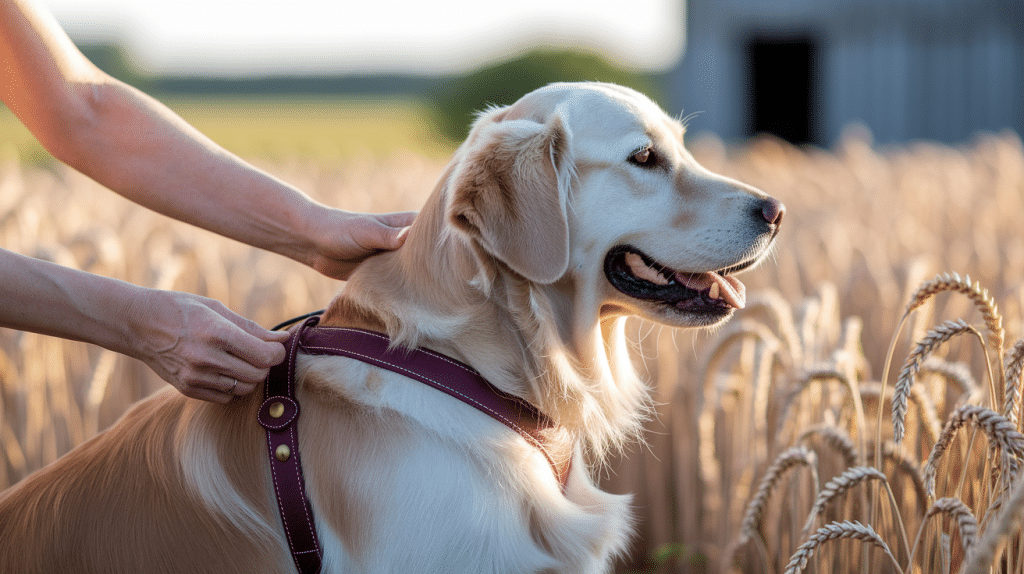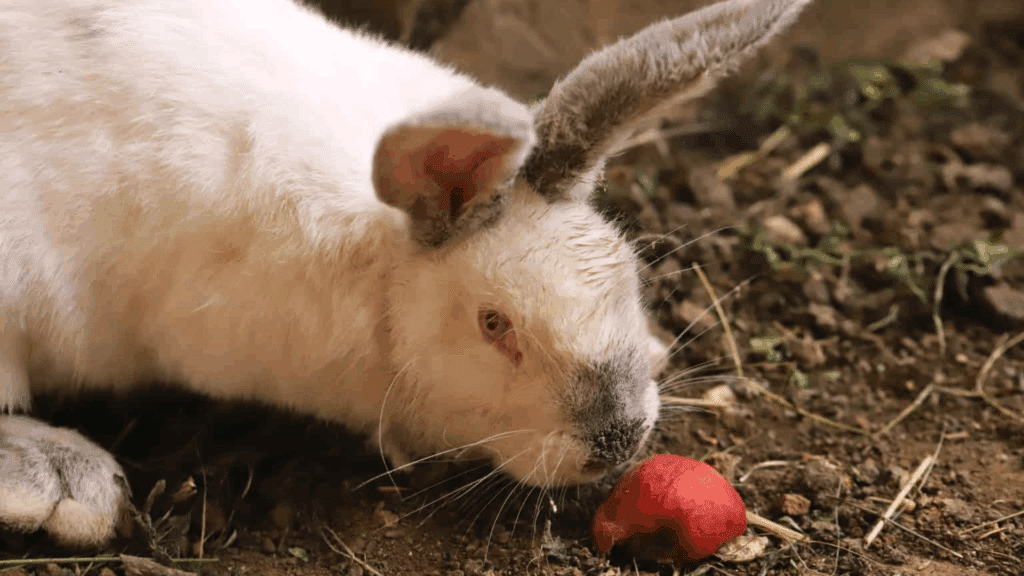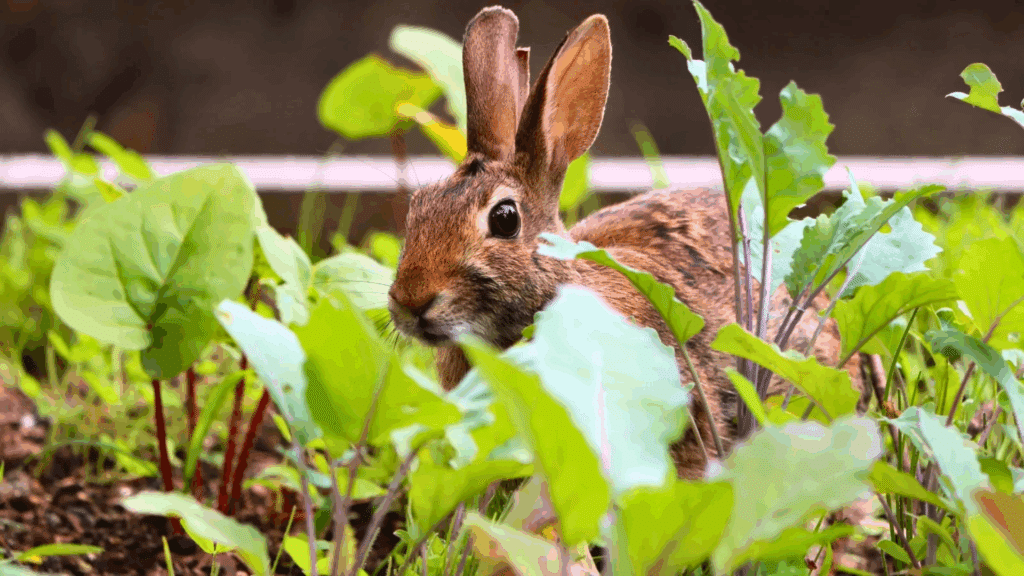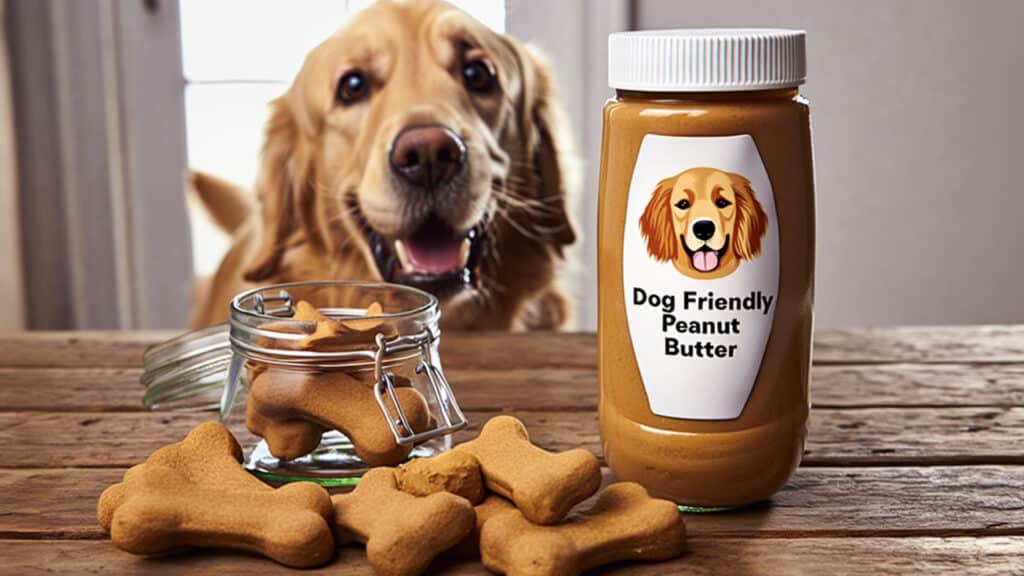Hi there! If you’ve ever taken your dog for a walk, you know how important it is to keep them safe and comfortable. I always use a harness instead of a collar because it puts less pressure on their neck and gives me better control.
A harness can also help if your dog pulls or gets excited during walks.
In this guide, I’m going to show you step-by-step how to use the Pet Champion Step-In Harness. I’ll include clear instructions and visual aids to make it easy to follow.
Even if your dog is nervous at first, I’ll share tips to make the process smooth and fun. By the end, you and your dog will be ready for safe and happy walks together!
Why Use a Dog Harness?
A dog harness is a safe and helpful tool for walking your dog. It does not put pressure on your dog’s neck like a collar, which can prevent injuries.
Harnesses provide better control, making walks easier and safer, especially for strong or excitable dogs. They also help with training by reducing pulling and teaching your dog to walk calmly.
There are various types of harnesses designed for different purposes. Front-clip harnesses stop pulling, back-clip harnesses are simple for everyday walks, and no-pull harnesses help train better behavior.
Using the right harness keeps your dog comfortable, makes walks more fun, and helps you manage your dog safely.
Preparing Your Dog and the Harness
Before putting on a harness, it’s essential to help your dog become accustomed to it. Taking small steps will make your dog comfortable and safe.
- Let your dog sniff and study the harness first.
- Reward your dog with treats or praise to create positive feelings.
- Lay the harness flat on the ground.
- Make sure the D-ring and buckle are stretched out and flat.
- Look for the two triangles formed by the straps and the H-strap in the center.
- Check that all straps are untwisted and ready for easy placement.
Taking time to prepare helps your dog feel safe and makes putting on the harness easier for both of you.
Troubleshooting Common Harness Problems
Putting on a dog harness doesn’t always go smoothly, especially if your dog is new to it. Small issues can make walks frustrating, but most problems are easily fixed with a little patience and adjustment.
Here’s how to troubleshoot the most common harness challenges:
- Dog won’t step in: Encourage with treats or gentle guidance; try laying the harness flat and letting the dog step in naturally.
- Straps too loose: Tighten straps gradually until snug, ensuring you can fit two fingers between the harness and your dog’s body.
- Straps too tight: Loosen straps slightly for comfort and mobility, avoiding chafing or restriction.
- Harness slipping: Check the fit around the chest and shoulders, and reposition the triangles and H-strap as needed.
With these tips, putting on a harness becomes quick, safe, and stress-free for both you and your dog.
Step-by-Step Instructions to Put on the Pet Champion Step-In Harness
Putting on a harness can be easy if you follow the right steps. The Pet Champion Step-In Harness is designed for comfort and safety.
These instructions will help you put it on your dog correctly.
Step 1: Lay the Harness Flat
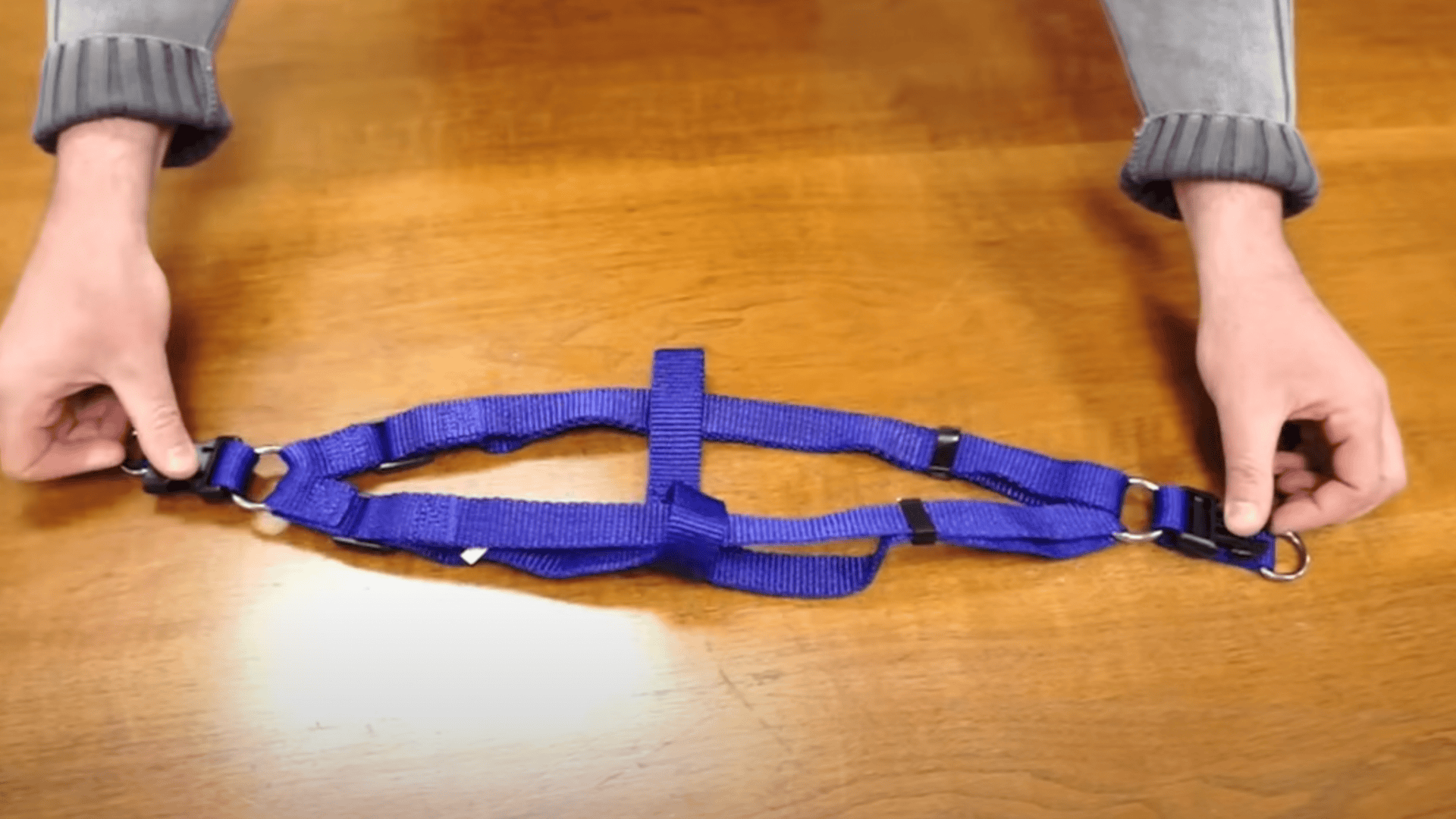
Undo the buckle and place the harness flat on the ground. Make sure the D-ring and the buckle are stretched out and lay flat.
Check for two triangles formed by the straps and the H-strap that runs down the center. Laying it out properly makes it easier to guide your dog’s legs through the correct spots and ensures the harness will fit correctly.
Step 2: Place Your Dog’s Legs
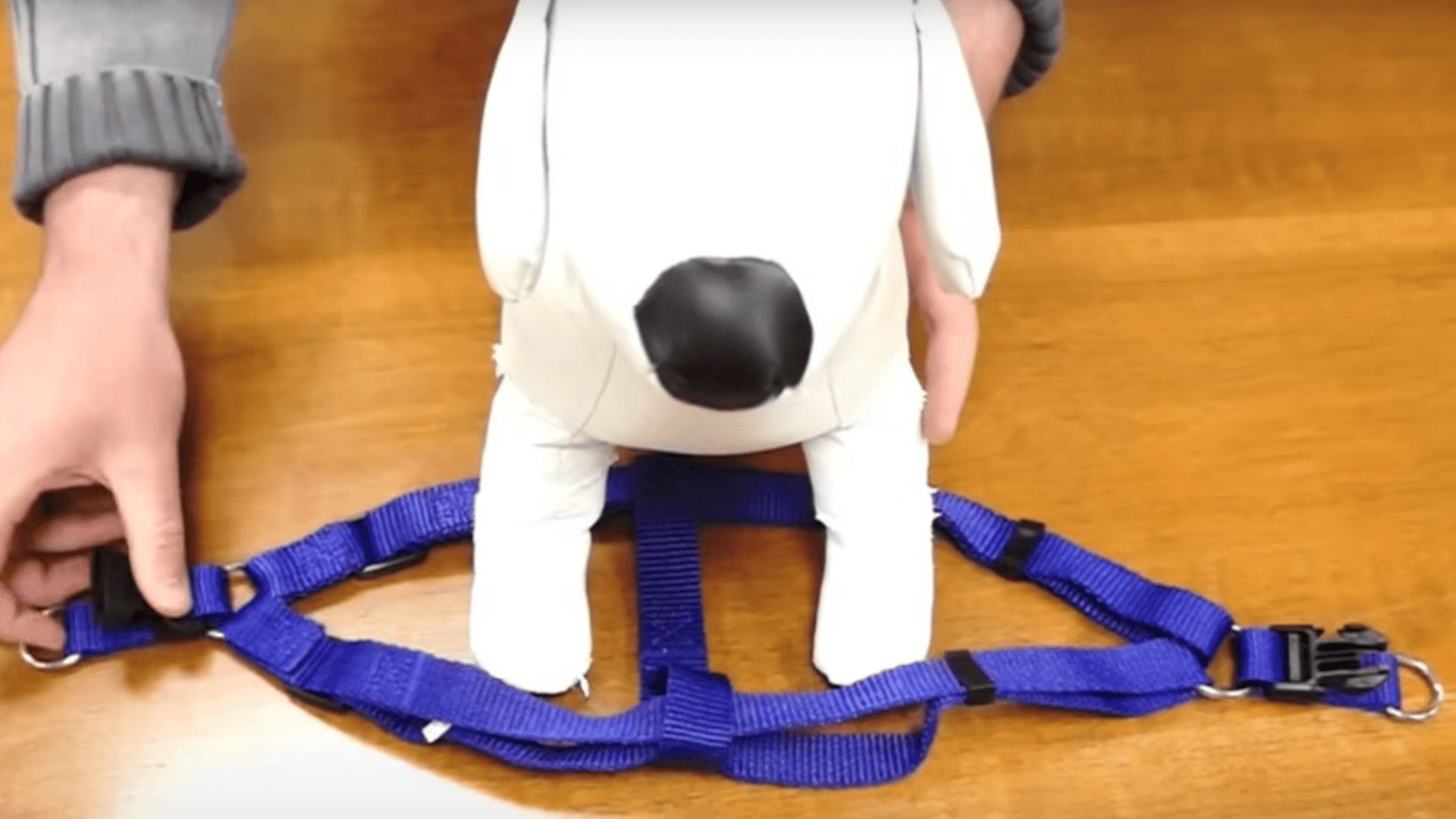
Guide your dog’s front legs into each of the two triangles formed by the harness straps. Ensure your dog stands calmly and steadily. This step helps the harness sit in the correct position on your dog’s body.
Take your time and offer praise or treats to make your dog comfortable, which can reduce stress and help them associate the harness with a positive experience.
Step 3: Snap the Buckle
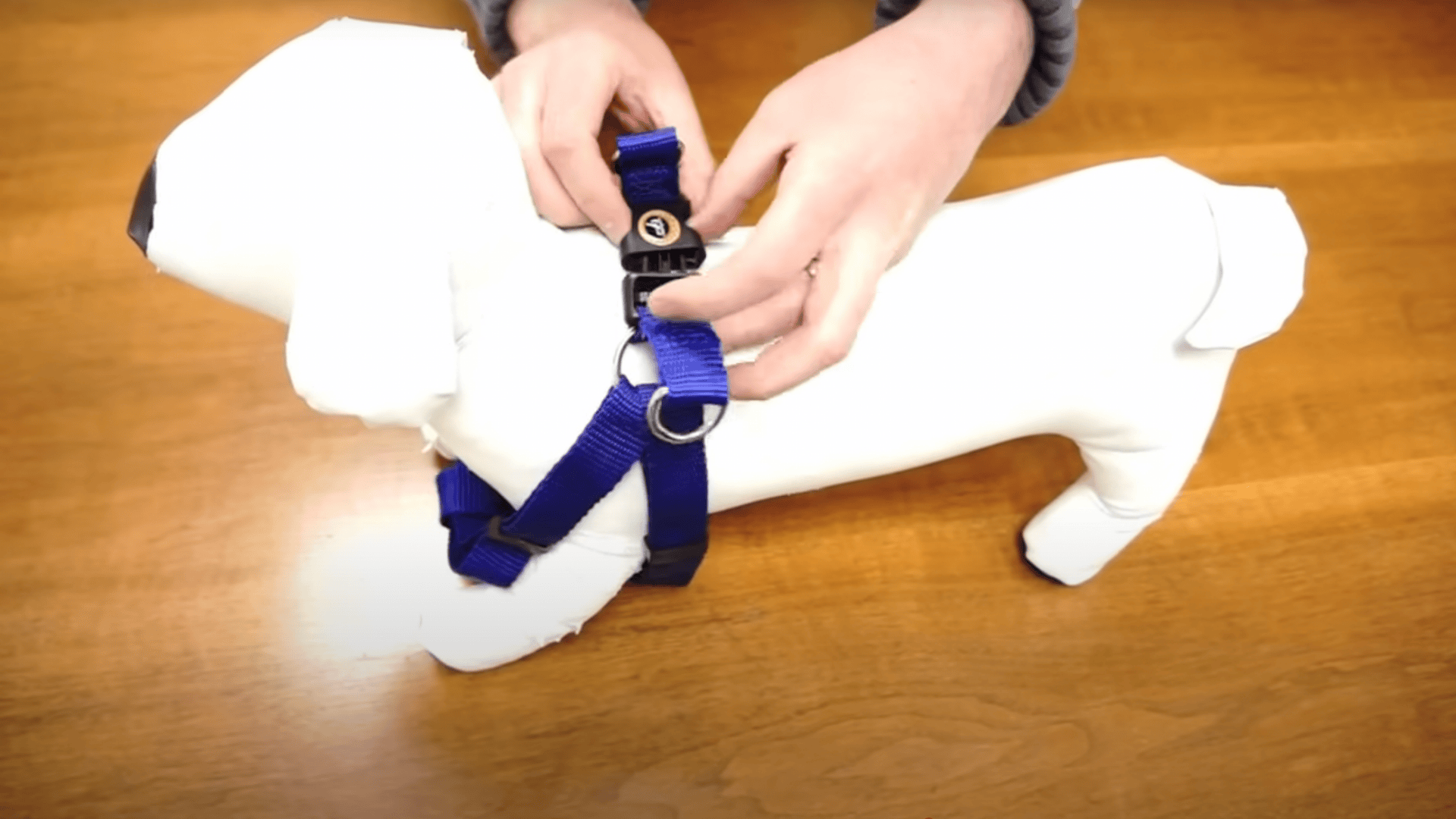
Once the legs are in place, pick up the buckle and wrap it around to the top of the dog. Snap the buckle securely in place. Ensure it clicks and is securely fastened.
This ensures the harness stays on during walks. Always double-check that the straps are not twisted and that the harness sits snugly on your dog’s body for both safety and comfort.
Step 4: Adjust the Fit
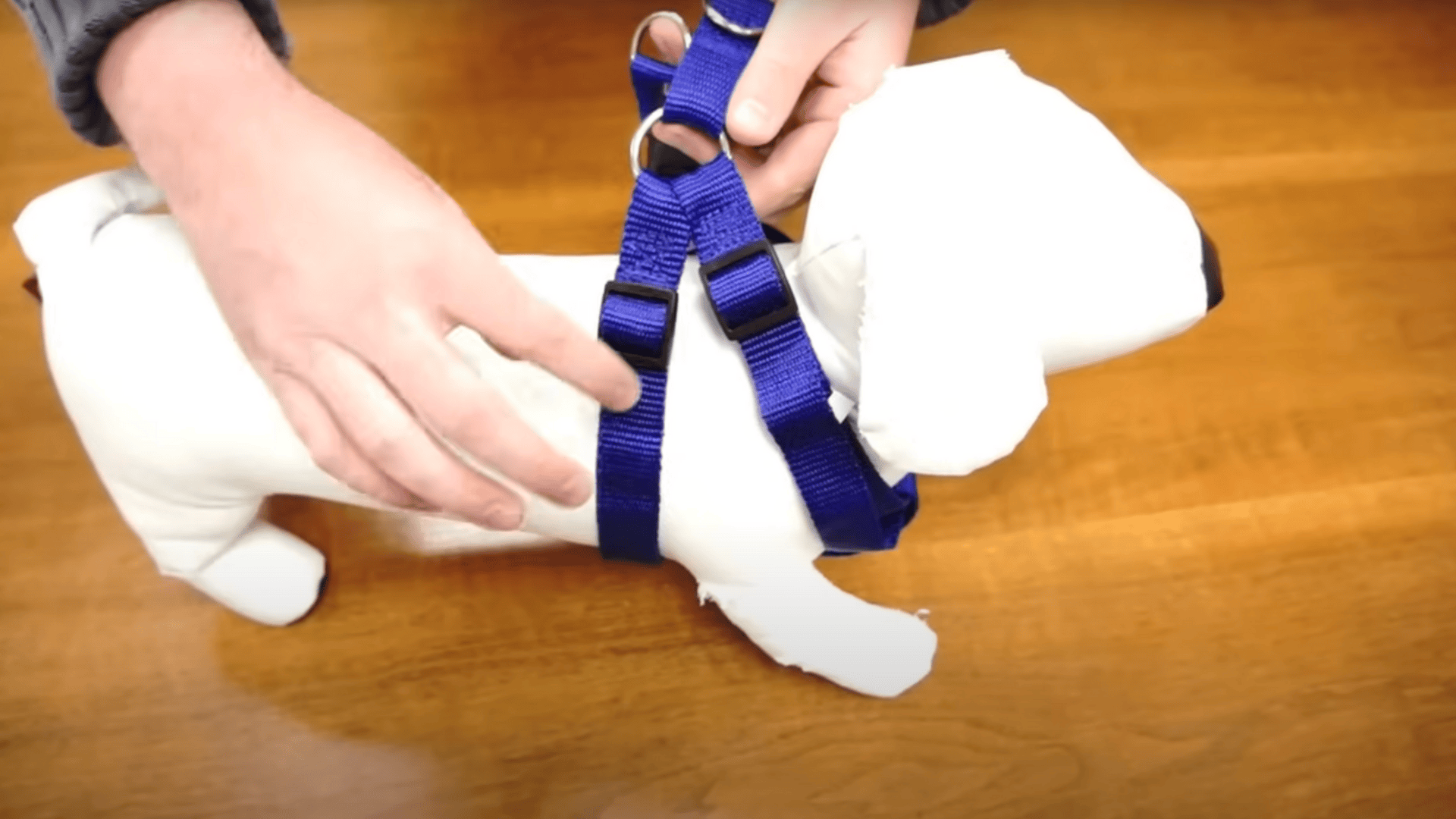
Adjust the tightness of the straps so that the harness fits snugly but comfortably. You should be able to fit two fingers between the harness and your dog’s body.
Proper adjustment prevents chafing or slipping. A well-fitted harness keeps your dog secure while allowing freedom of movement, making walks safer and more enjoyable for both you and your dog.
Step 5: Attach the Leash
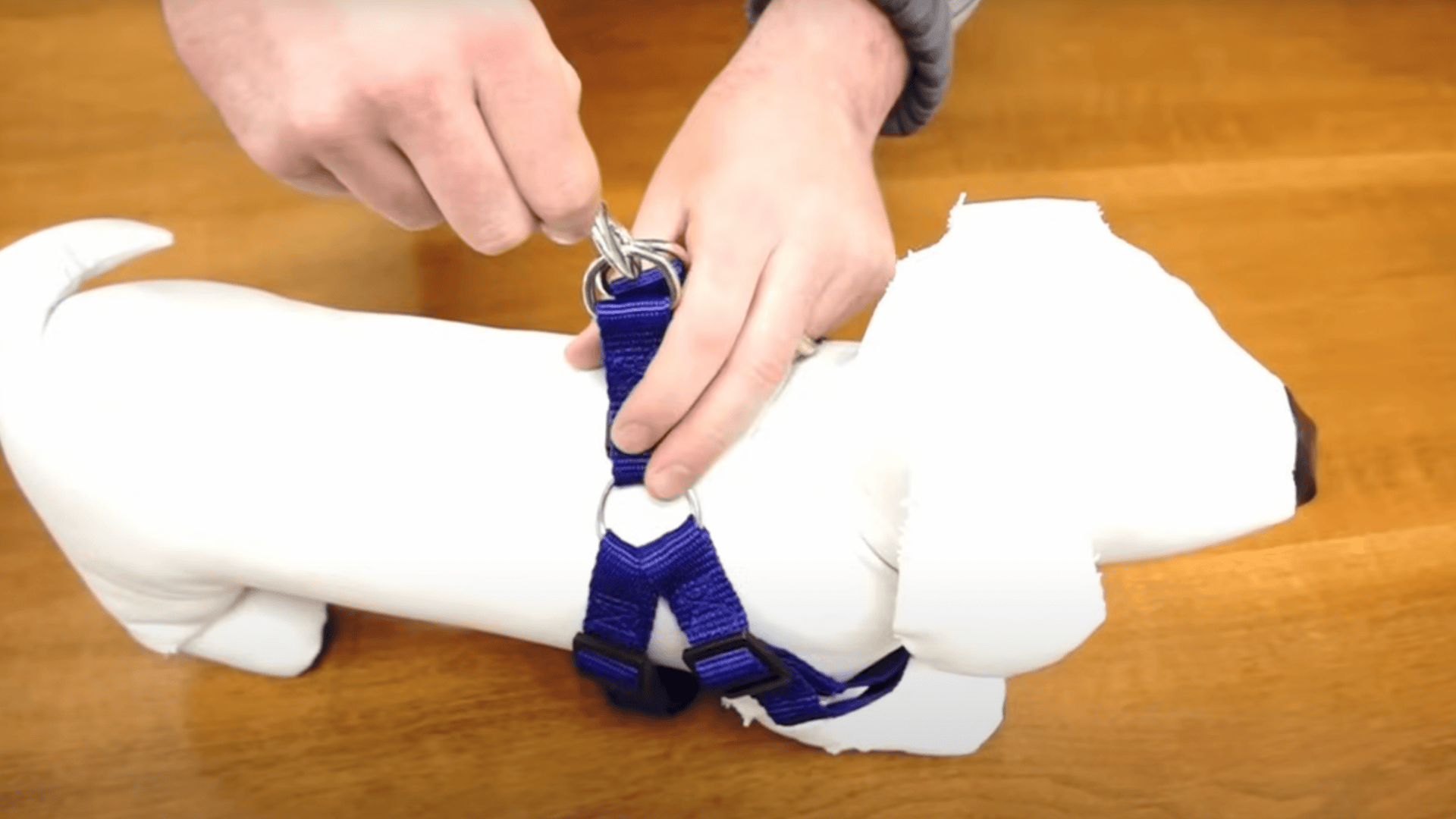
Locate both D-rings on the harness and attach your leash to them. Make sure the clips are secure. Using the D-rings correctly ensures better control and reduces strain on your dog.
Always check that the leash is fastened before walking to prevent accidents. With the leash attached properly, your dog is ready for a safe and comfortable walk using the Pet Champion Step-In Harness.
Video Tutorial By: Pet Champion
Tips and Tricks for Using a Dog Harness
Using a harness can be simple and fun if you follow a few helpful tips. These ideas make walks safer and more enjoyable for both you and your dog.
- Introduce the harness slowly to nervous dogs. Let them sniff it and give treats to create a positive association.
- Avoid common mistakes: don’t make straps too tight, twisted, or place legs incorrectly. This can cause discomfort or make the harness unsafe.
- Adjust the fit regularly as your dog grows or gains weight.
- Keep the harness clean by washing it according to the manufacturer’s instructions.
Following these tips ensures your dog stays safe, comfortable, and happy on every walk.
Conclusion
Using a harness the right way is really important for your dog’s safety and comfort. I’ve found that when the harness fits well, walks are much more enjoyable for both my dog and me.
It also makes training easier and helps prevent pulling or injuries.
I encourage you to use your harness every time you go for a walk or practice training. Consistency helps your dog become accustomed to it, making the experience less stressful.
I’d love to hear how it goes for you and your dog! If you have any questions, tips, or funny stories from walks, feel free to share them.
Talking about our experiences helps us all become better dog owners and keeps our pups happy and safe.


